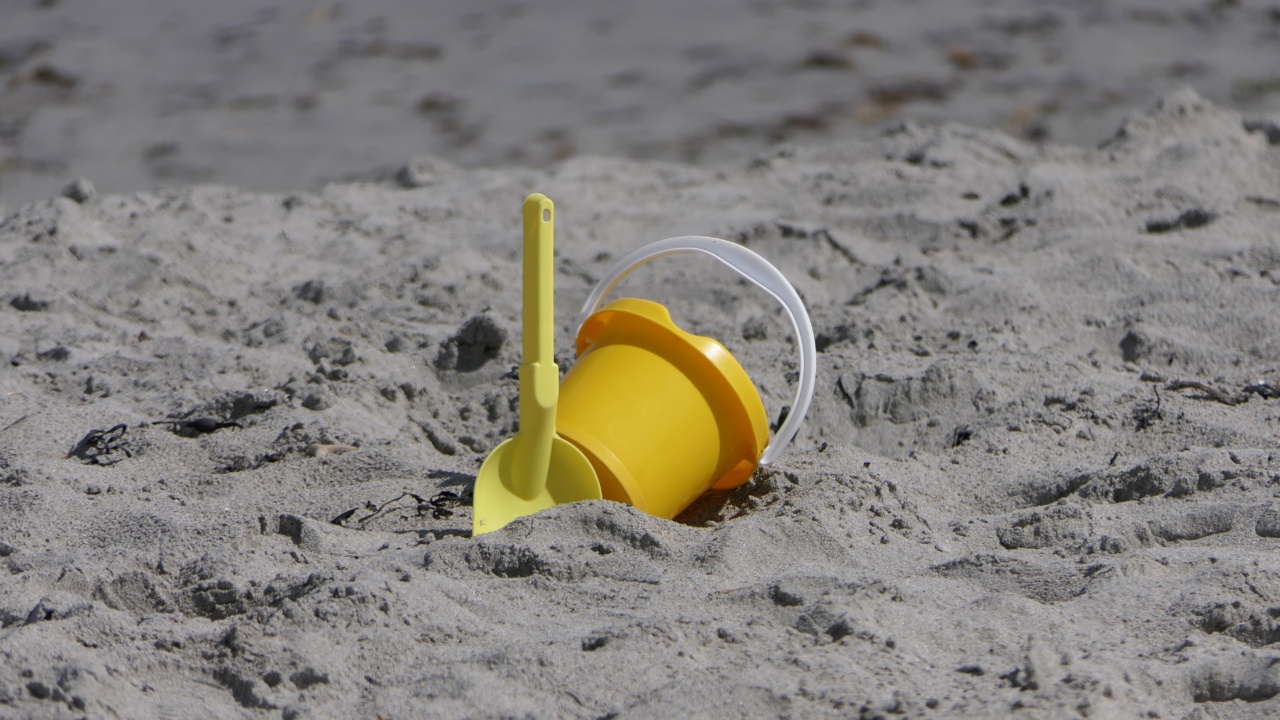During the summer months, many children across the United States eagerly participate in camp activities.
However, a recent outbreak of simultaneous viral infections among children attending a summer camp has raised concerns among parents and healthcare professionals alike. This alarming occurrence has highlighted the importance of implementing effective preventive measures and promoting awareness about viral infections in camp settings.
The Outbreak
The outbreak of simultaneous viral infections at the summer camp has affected a large number of children, with symptoms ranging from mild to severe.
Common symptoms observed in the affected children include high fever, persistent cough, sore throat, nasal congestion, and fatigue. Some children have also experienced gastrointestinal symptoms such as nausea, vomiting, and diarrhea. The simultaneous occurrence of different viral infections has made diagnosis and treatment particularly challenging.
Cause and Transmission
The exact cause of the simultaneous viral infections at the camp is yet to be determined. However, it is widely believed that the infections are primarily spread through person-to-person contact.
Viruses such as influenza, rhinovirus, respiratory syncytial virus (RSV), adenovirus, and enterovirus are considered common culprits in such outbreaks. These pathogens can spread through respiratory droplets, contaminated surfaces, and close contact with infected individuals.
Preventive Measures
The following preventive measures should be implemented to minimize the risk of viral infections in camp settings:.
1. Vaccination
Ensuring that all children attending the camp are up-to-date with their vaccinations is crucial. Vaccines against influenza, measles, mumps, rubella, and varicella can significantly reduce the risk of contracting these viruses.
2. Hand Hygiene
Proper hand hygiene, including thorough handwashing with soap and water or the use of hand sanitizers, should be practiced by both campers and staff members. Regular handwashing can help eliminate viral particles that may be present on the hands.
3. Respiratory Etiquette
Teaching children to cover their mouths and noses when coughing or sneezing can help prevent the spread of respiratory viruses.
Encouraging the use of disposable tissues or elbow creases for covering the mouth and nose can be effective in minimizing virus transmission.
4. Cleaning and Disinfection
Frequently touched surfaces, such as door handles, toys, and shared equipment, should be regularly cleaned and disinfected. This helps in reducing the survivability of viral particles on these surfaces and decreases the chances of transmission.
5. Physical Distancing
Encouraging physical distancing measures, such as avoiding close contact and maintaining a safe distance from individuals showing symptoms of respiratory infection, can help prevent the rapid spread of viruses within the camp environment.
Diagnosis and Treatment
Diagnosing simultaneous viral infections in children at the camp can be challenging due to the presence of multiple pathogens.
Healthcare professionals may utilize a combination of clinical signs, laboratory tests, and viral culture techniques to identify the causative viruses. Treatment primarily focuses on relieving symptoms and providing supportive care, such as hydration and rest. Antiviral medications may be prescribed in certain cases, depending on the specific viral infection diagnosed.
Conclusion
The occurrence of simultaneous viral infections in children at summer camps emphasizes the need for robust preventive measures and increased awareness.
Vaccination, hand hygiene, respiratory etiquette, cleaning and disinfection, and physical distancing are key strategies to minimize the risk of outbreaks. Prompt diagnosis, appropriate treatment, and effective communication among camp administrators, parents, and healthcare professionals are essential for managing outbreaks and preventing the further spread of viral infections.






























